Persian Ivy (Hedera colchica) is a hardy perennial groundcover known for its adaptability and lush foliage. Native to the Western Caucasus and northern Turkey, this member of the Araliaceae family thrives in USDA zones 5 through 9. It performs exceptionally well in shaded areas, making it a popular choice for dappled sunlight gardens.
This vigorous grower is ideal for erosion control on slopes and can climb walls, trellises, and fences with ease. It’s also a favorite for creative topiary designs, adding both structure and greenery to landscapes. Persian Ivy’s origins near the Black Sea contribute to its resilience and decorative appeal, making it a reliable option for gardeners seeking low-maintenance, versatile greenery.
| Common name | Colchica Ivy, Persian Ivy |
| Botanical name | Hedera colchica |
| Family | Araliaceae |
| Species | colchica |
| Origin | Western Caucasus, northern Turkey |
| Life cycle | Perennial |
| Plant type | Ground Cover |
| Hardiness zone | 5, 6, 7, 8, 9 |
| Sunlight | Dappled Sunlight |
| Maintenance | Medium |
| Soil condition | High Organic Matter |
| Soil ph | Alkaline |
| Drainage | Well-Drained |
| Growth rate | Fast |
| Spacing | 6 – ft. – 12 ft. |
| Harvest time | Winter |
| Flowering period | Fall |
| Height | 3- 70 ft. |
| Flower color | Green |
| Leaf color | Green |
| Fruit color | Black |
| Stem color | Brown, Copper |
| Fruit type | Berry |
| Garden style | Drought Tolerant Garden |
| Uses | Container |
I. Appearance and Characteristics
Hedera colchica is a species of ivy (genus Hedera) which is native to Near and Middle East. It is commonly called Persian ivy or colchis ivy. It is an evergreen climbing plant, growing to 30 m high where suitable surfaces (trees, cliffs, walls) are available, and also growing as ground cover where there are no vertical surfaces. It climbs by means of aerial rootlets which cling to the substrate. In warm climates, it grows more rapidly and becomes established faster than other Hedera species.
The ancient Latin name for Ivy.
Derived from the name ‘Colchis’ or ‘Colchidis’, a Caucasian area once famous for producing poisons.
The leaves are alternate, they are of two types, with palmately five-lobed juvenile leaves on creeping and climbing stems, and unlobed cordate adult leaves, lauroid type, on fertile flowering stems exposed to full sun, usually high in the crowns of trees or the top of rock faces. Stems are green. It has the largest leaves of any ivy to 15 cm wide and 25 cm long.
The flowers are produced from late summer until late autumn, individually small, greenish, produced in large numbers in umbels, and very rich in nectar, an important food source for bees and other insects. It flowers in September and fruits form during or after winter. The fruits are berries, globular and black when ripe. They are an important food for many birds. There are one to five seeds in each berry, which are dispersed by the birds swallowing the berries.
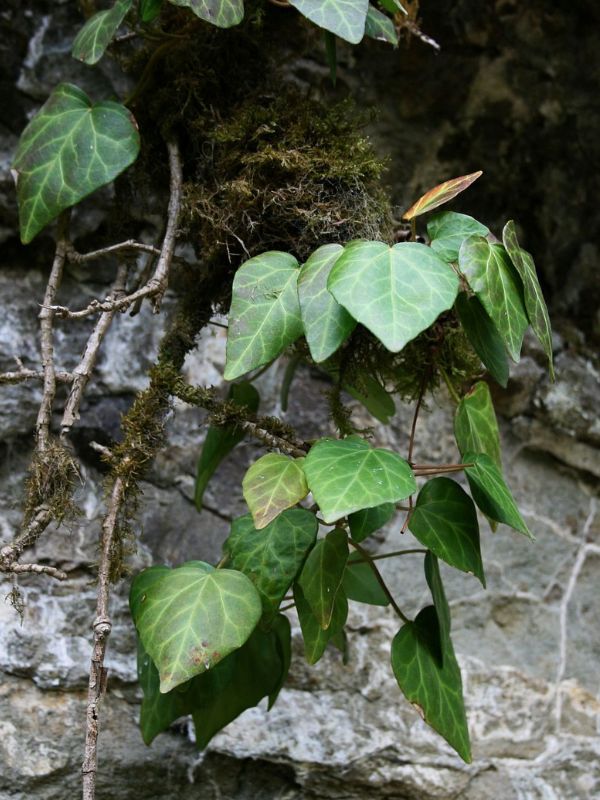
The following cultivars have gained the Royal Horticultural Society’s Award of Garden Merit:
- H. colchica
- ‘Dentata’, commonly called Bullock’s heart ivy, or Elephant’s ears.
- ‘Dentata variegata’, synonyms ‘Dentata aurea’, ‘Variegata’
- ‘Sulphur heart’, synonym ‘Paddy’s pride’
It is a woody evergreen climbing shrub, which can grow in a range of conditions. It prefers well-drained or alkaline soils rich in nutrients and humus with good water provision, but is extremely tough and adaptable. Like many climbing plants, it prefers its roots in cool shade with its crown in full sun. It can live over 400 years, reaching heights of 30m where suitable surfaces (trees, cliffs, walls) are available.
It climbs by means of aerial rootlets with matted pads that cling strongly to the substrate. Its favored distribution is humid microclimates, such as cloud forest, stream valleys, and the mountain ranges on the Turkish coast of the Black Sea, Asia minor, the Persian Gulf, Afghanistan, and some islands of the Red Sea.
II. How to Grow and Care
Sunlight
Persian ivy thrives in partial sun, basking in gentle, filtered light that supports robust growth. Despite this preference, it demonstrates a remarkable tolerance, enduring full shade and full sun. In shaded conditions, persian ivy may extend its foliage in search of light, while in intense sunlight, its leaves may develop a deeper green hue to shield against excessive exposure. Outdoor growth is optimal in locations that offer dappled sunlight, such as under trees or east-facing walls, avoiding the harsh midday sun. The adaptability of persian ivy to various light environments makes it an accommodating choice for gardeners.
Temperature

Persian ivy is native to Eurasia and North Africa. It prefers relatively cool temperatures and grows best between 10 to 27 ℃, preferably at around 18 ℃. While persian ivy grows well in humid air, it can also withstand relatively low humidity. Moisten it by spraying water in dry seasons.
Watering
Native to the humid understory of woodlands, persian ivy thrives in moisture-rich environments. This species exhibits a preference for consistent soil moisture without being waterlogged, showing moderate drought tolerance once established. Regular watering every week will maintain its lush foliage. As an evergreen plant, persian ivy retains its leaves year-round, requiring careful attention to watering during the growing season to support its vigorous climbing habit.
Soil
Persian ivy grows best in well-drained fertile soil, whether neutral and slightly acidic. The preferred pH ranges from 6.0-7.5. The plant tolerates poor soil and can survive in any loose, ventilated culture media. Mix garden soil or peat soil with leaf mold at 1:1 ratio to ensure long-term healthy growth and brightness of leaves. Replace the pot and half the soil once every year or two.
Fertilizing
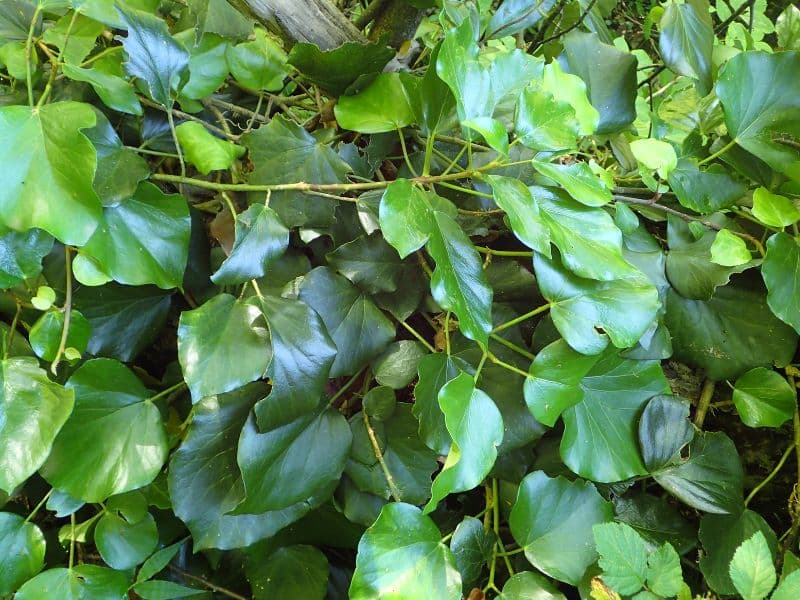
For persian ivy, fertilize bi-monthly with balanced fertilizer during growth; in dormancy, reduce frequency. High nitrogen promotes leafy expansion. Use diluted solutions to prevent root burn. Seasonal adjustments ensure persian ivy’s vitality, adjusting for active spring/summer growth and reduced winter needs. Apply per product instructions, avoiding over-fertilization. Maintain consistent soil moisture post-fertilization for nutrient absorption. Suitable for all gardener levels.
Planting Instructions
Propagate persian ivy by cuttings in the spring and fall. The container should not be too large, or water may accumulate in the pot. Generally, you can cultivate 3-5 plants in one pot. When the plant is too large, replace it or prune the plant. Provide support for it to climb.
Pruning
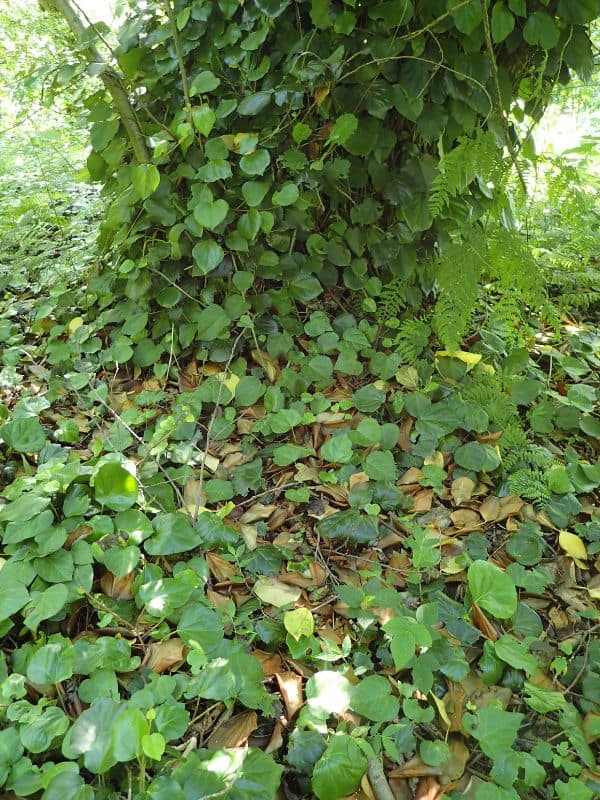
Pinch young shoots from time to time to help branches grow and shape your plant. Cut off withered, yellow, or infected leaves of adult plants with clean scissors frequently. If the vines are too long, they can also be cut short once in spring every year. Persian ivy is adapted to climbing scaffolds to get various shapes by pruning and pulling.
Propagation
As aerial roots grow well in moist air, persian ivy mainly reproduces through cuttings at any time except extreme weather like cold winter and hot summer. Use clean scissors to cut the lower part of the stem to 10 to 13 cm long. Remove the leaves 5 cm below the bottom and put it in water. Maintain a cool environment with relatively high air humidity. When the newly-generated root is 5 to 8 cm long, move into a pot.
Repotting
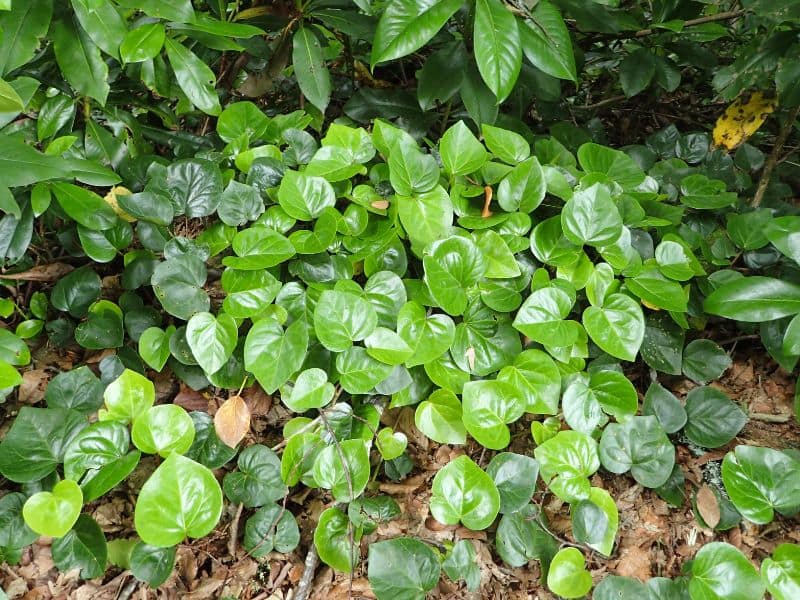
Repot persian ivy, a robust, fast-growing climber, every 2-3 years to accommodate its vigorous roots and expansive shape. The best time for repotting is early spring, before the growth spurt. Choose a large, sturdy pot for stability, considering persian ivy’s size. Post-repotting, ensure ample light and consistent moisture for recovery. Use a nutrient-rich, well-draining soil to support healthy new growth of persian ivy.
Find Where to Buy the Best Persian Ivy (Hedera colchica)



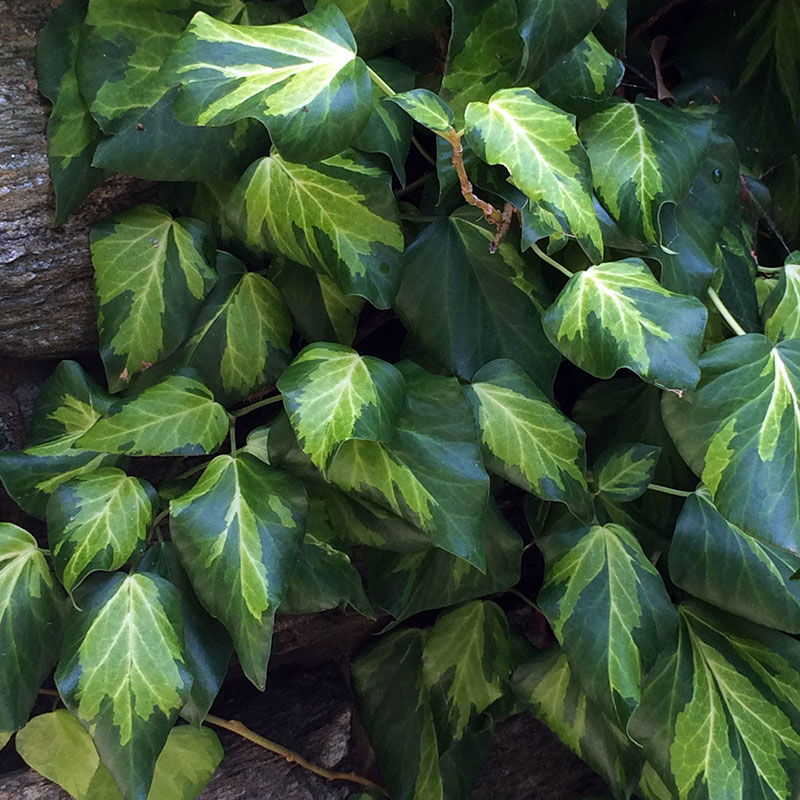






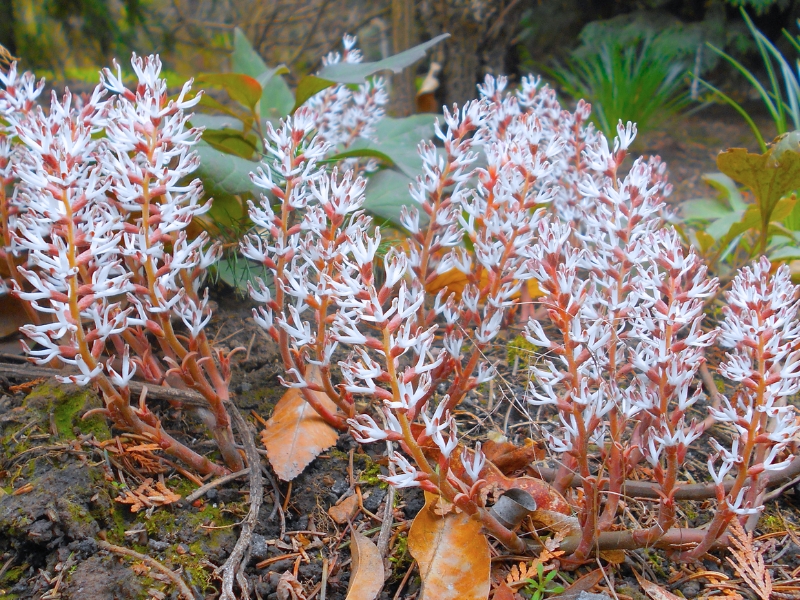

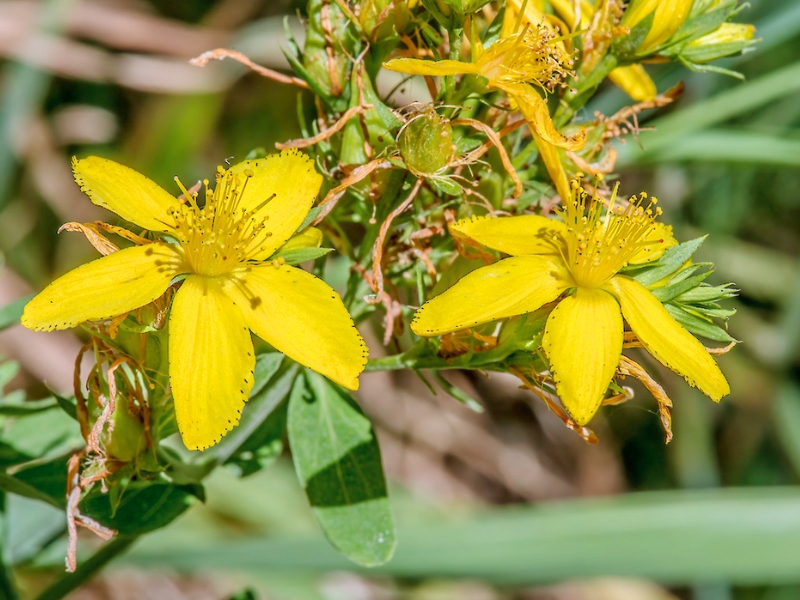
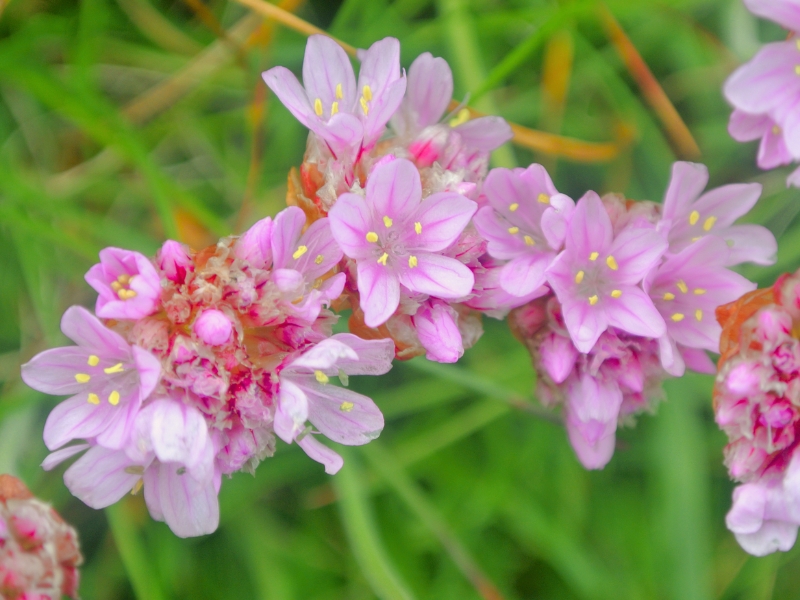
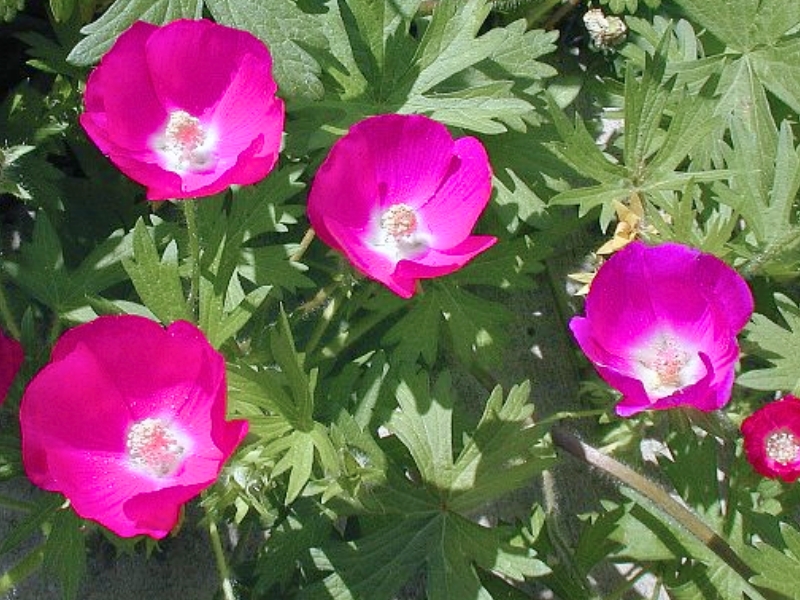
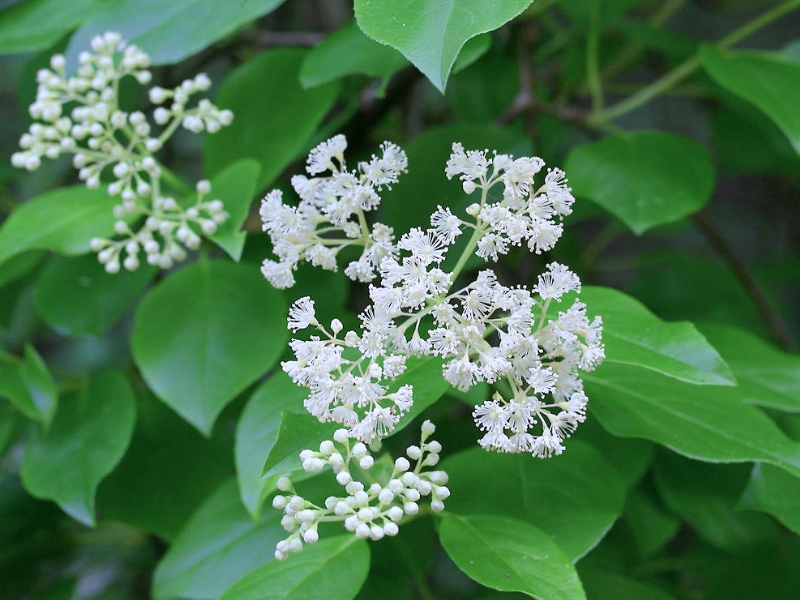
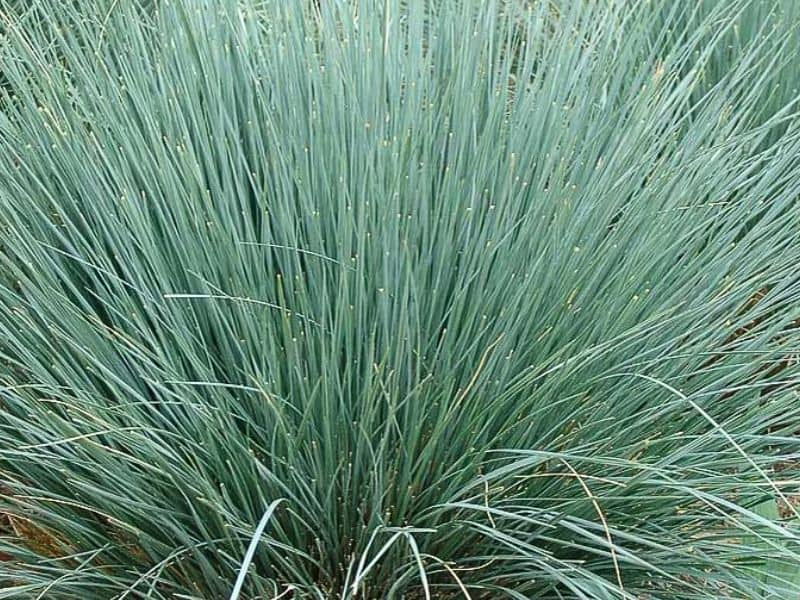
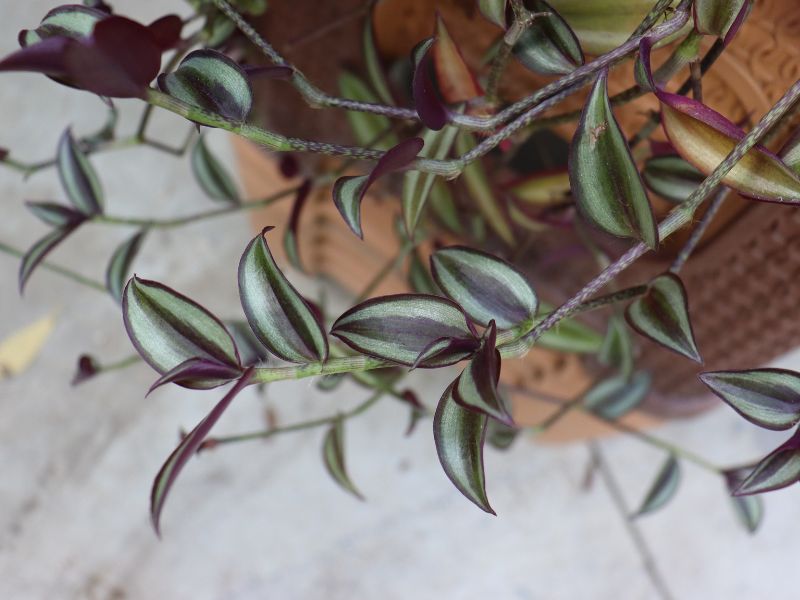
Leave a Reply